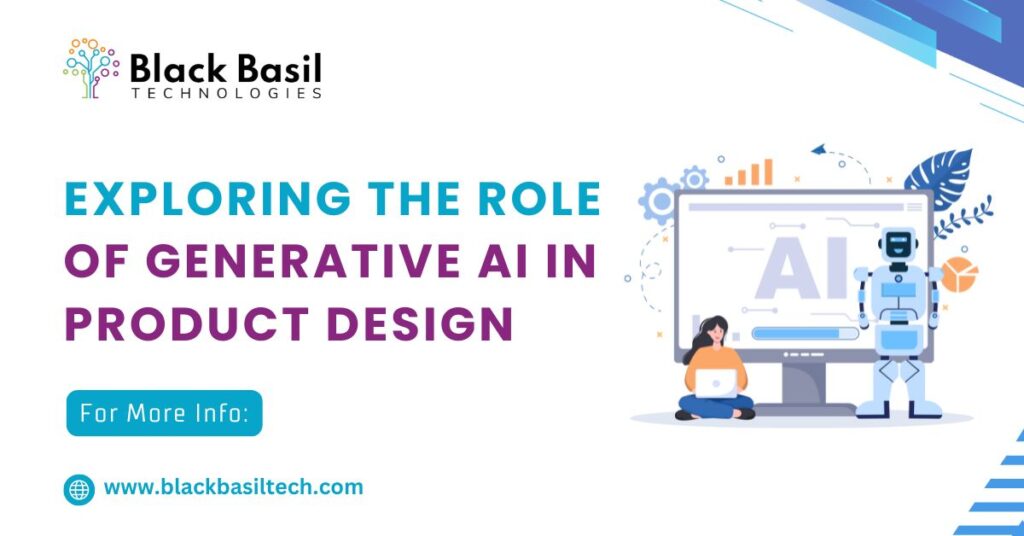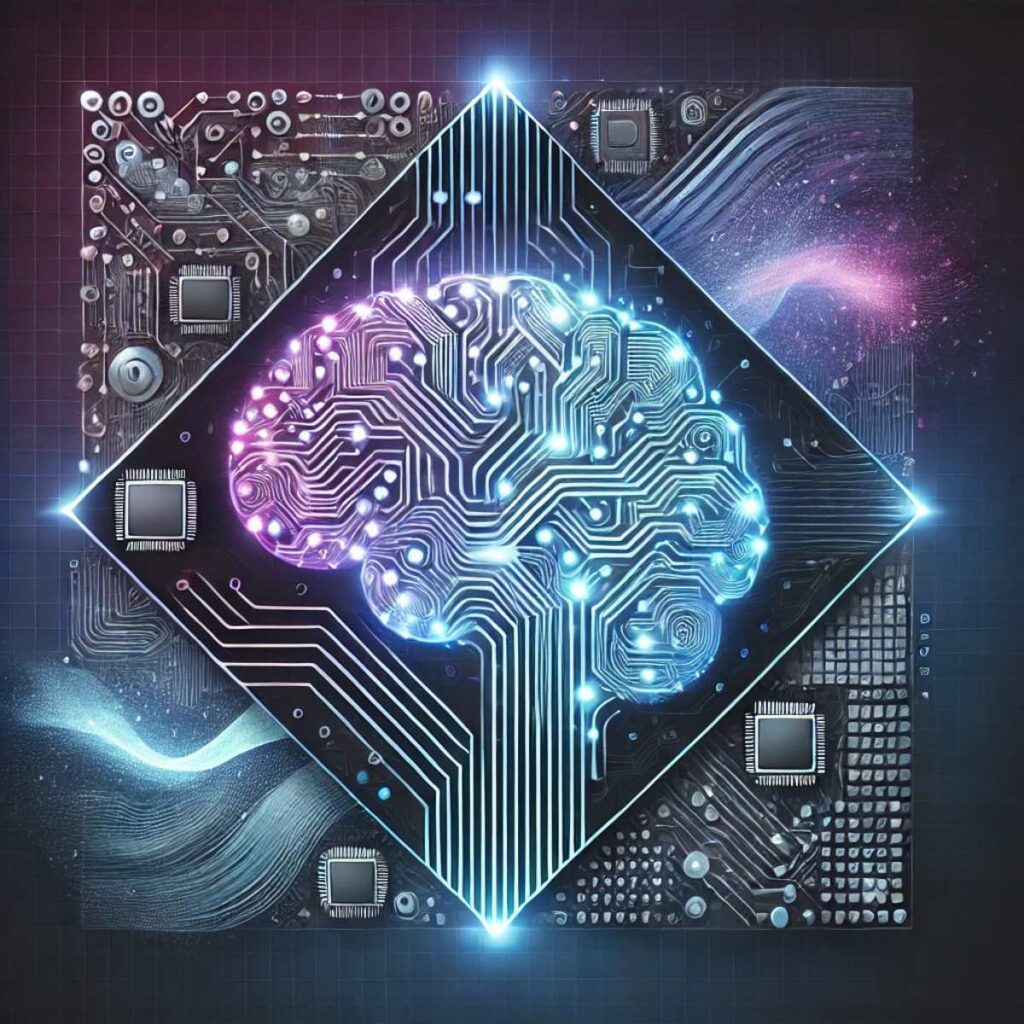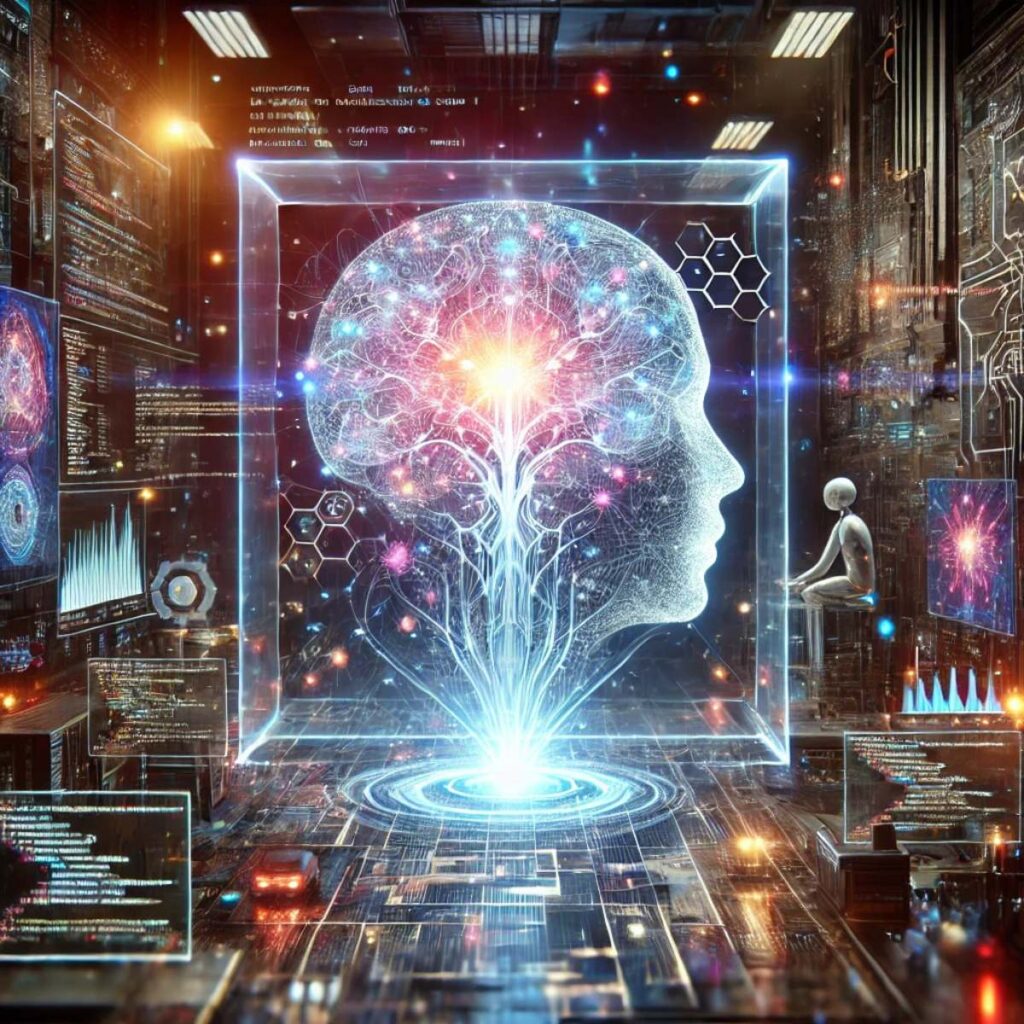
Exploring the Role of Generative AI in Product Design
What is Generative AI in Product Design?
Generative AI in product design devices the principle of machine learning to come up with limitless number of design forms. Different from the manual innovation process, where the product managers and designers go through each option of the design, AI is the factor that prompts thinking out the box by creating limitless possibilities. It is a process of using user inputs together with predefined data to create designs that are efficient, decent-looking, and easy to use.
Key Benefits of Generative AI in Product Design

Common Generative AI Tools for Product Design
Some AI design tools in the market allow designers to have the ability to create and refine products across all industries from the consumer electronics to industrial design. Some widely used tools include:
- NVIDIA Omniverse: A real-time 3D design collaboration platform which enables teams to design, test and simulate in a virtual environment through the use of AI-techniques.
Adobe Sensei: not only do creators use it to help them be more creative by providing tools, but they also actually co-create art with it. It uses AI to present options, do boring jobs, modify designs, etc. It is embedded in certain applications, like Photoshop and Illustrator.
The said AI tools are implementing the concept of the AI system that is connected directly in the workflow of design. It also increases the easiness, efficiency, and the collaboration with its other characteristics like the use of generative AI.
Generative AI Use Cases of Product Design
Automotive and Aerospace: In industries where the safety of the products is the most important, the application of generative AI helps to optimize the structure of the equipment and thus, it is possible to reduce the weight without deteriorating the safety level. The AI is necessary in the automotive and aerospace industry to reduce the weight of aerodynamic and damping systems, thus leading to lower emissions and regulatory compliance.
Industrial Design and Manufacturing: The AI is dependent on the progress of engineering design as it provides machine manufacturers with a broad range of automated design alternatives that fit in the conditions such as load-bearing capacity or thermal tolerance. On the other hand, Generative AI can help simulate changes to the surrounding environment in order to predict the impact on the product.
Architecture and Construction: AI helps designers by providing a variety of building designs for architects which will be the best for the environmental factors like natural light, energy efficiency, and structural integrity. It facilitates the production of green buildings that are energy-efficient and comply with the requirement of green buildings while increasing the efficiency of space and materials.
AI for Product Managers: The product managers are the ones that gain generative AI’s insights into product performance metrics early in the creation phase. Such tools allow them to make decisions that are based on data and are customer-driven, at the same time, making sure that the product meets business objectives. The AI approach accelerates the process, which, in turn, allows managers to follow the changes and the prototype iterations without any delay.
Achieving a Balance between AI-Driven and Human-Centered Design
While the core of the AI model’s necessity is fully trained to the given domain data and received a huge amount of it, ai can be biased by the data even though we are not doing it on purpose. Horn decided to use the word “asylum” instead of “house” in his explanatory sentence to indicate the difference between a real-life example and

Significant Startup Costs: Innovation and efficient technology will require a big investment in AI tools and infrastructure should a business decide to implement them; therefore, the inclusion of these costs may be compared with the potential benefits.
Final Thought
Hello

